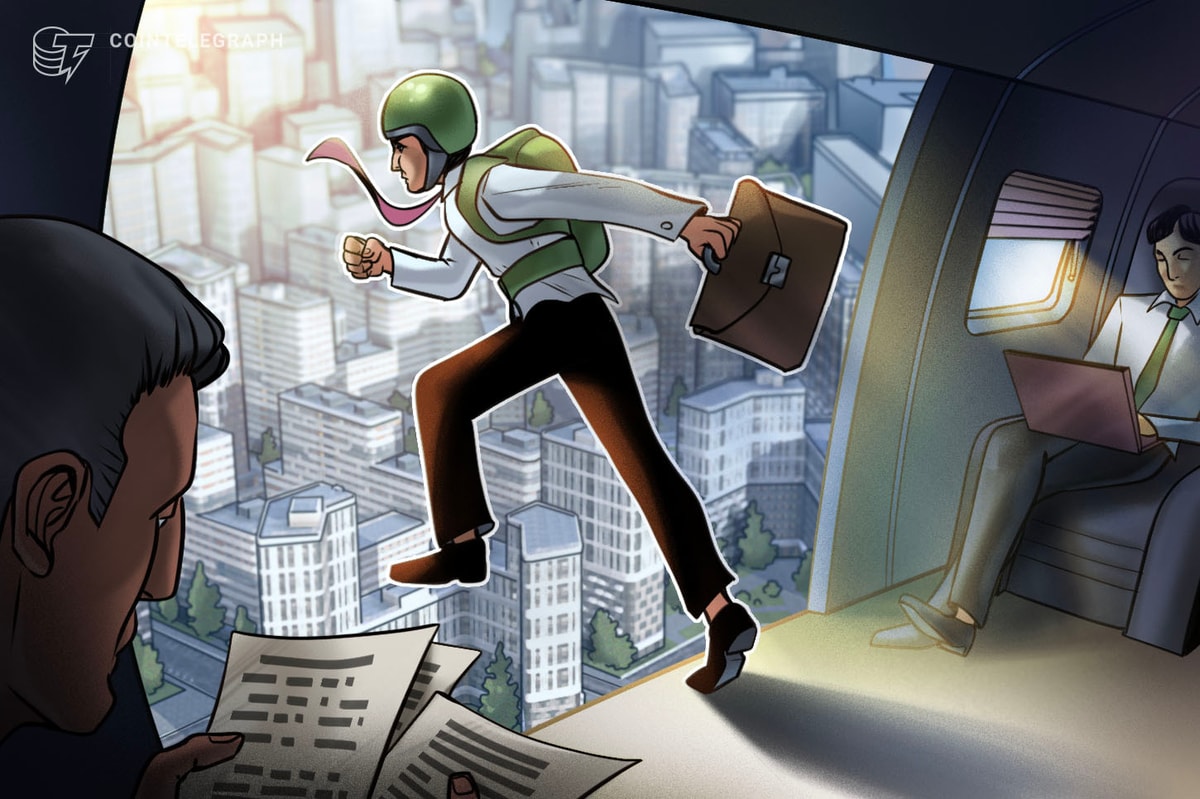NFTs have continued to grow in popularity since their inception. So many artists and creative people have now taken the medium to share and sell their works. It has given independent creatives an avenue to sell their creations. And still, get all of the proceeds and credits to themselves.
The space has seen some impressive sales this year. A Beeple artwork titled Opus was sold for a whopping $69 million. A Banksy artwork was reportedly burned and turned into an NFT.
Related Reading | NFTs In A Nutshell: A Weekly Review
Apparently, people are invested enough in art to buy a digital version of it. Something they could have just downloaded or screenshotted. The high value of the NFTs is attributed to a collective appreciation for art. But not everyone in the space is convinced that people are spending millions on digital jpegs just because they are invested in the art. Given that anyone can view these artworks no matter how much the buyer pays for them.
Cleaning Up Illegal Money
Popular crypto analyst, Mr. Whale, took to his Medium to elaborate on this issue. According to him, NFTs are simply a way for rich people to move illegally gotten money through a channel that makes it look legal.
Mr. Whale pointed out that the subjectivity of art is what makes it so easy to move money through NFTs. While one person could find a piece of artwork hideous, another could think it was the most beautiful piece ever made. And hence, would be willing to pay top-dollar for said piece of work.
Related Reading | Yahoo Japan To Introduce NFT Trading In Partnership With Line
The same logic is applied to the world of physical art. Which is notorious for being used as a front for money laundering. Especially due to the price seemingly unimpressive artworks tend to sell for.
Mr. Whale spoke to Cat Graffam. An adjunct faculty member in the Art & Design department at Laser University. Who agreed that NFTs are most likely being used for money laundering. “I think it is possible that NFTs could be and are already being used to launder money in similar ways down with physical art,” Laser told Mr. Whale.
Regulating NFTs
Mr. Whale also opened up regarding his thoughts on government regulations in the space. Stating, “I have no doubt governments will end up cracking down on this trend. While there are a number of NFT exchanges without KYC/AML regulations, this will definitely change in the future.”
But regulations with NFTs are going just as tricky as the way the NFTs themselves work. Just like with physical art, it is hard to regulate and value a piece of artwork given its subjective nature.
Related Reading | CryptoPunks NFT Accidentally Sells For One Penny Worth Of Ethereum
It will be a hard fight to determine what pieces of art are actually worth the value that was paid for them. And which pieces were not. Due to this same subjectivity. While the Cryptopunks NFTs seem foolish to some, there is no telling that the people who are actually buying these NFTs do not truly appreciate the art they are paying for. So, quantifying the value of these works will be an uphill battle.
Featured image from BBC











